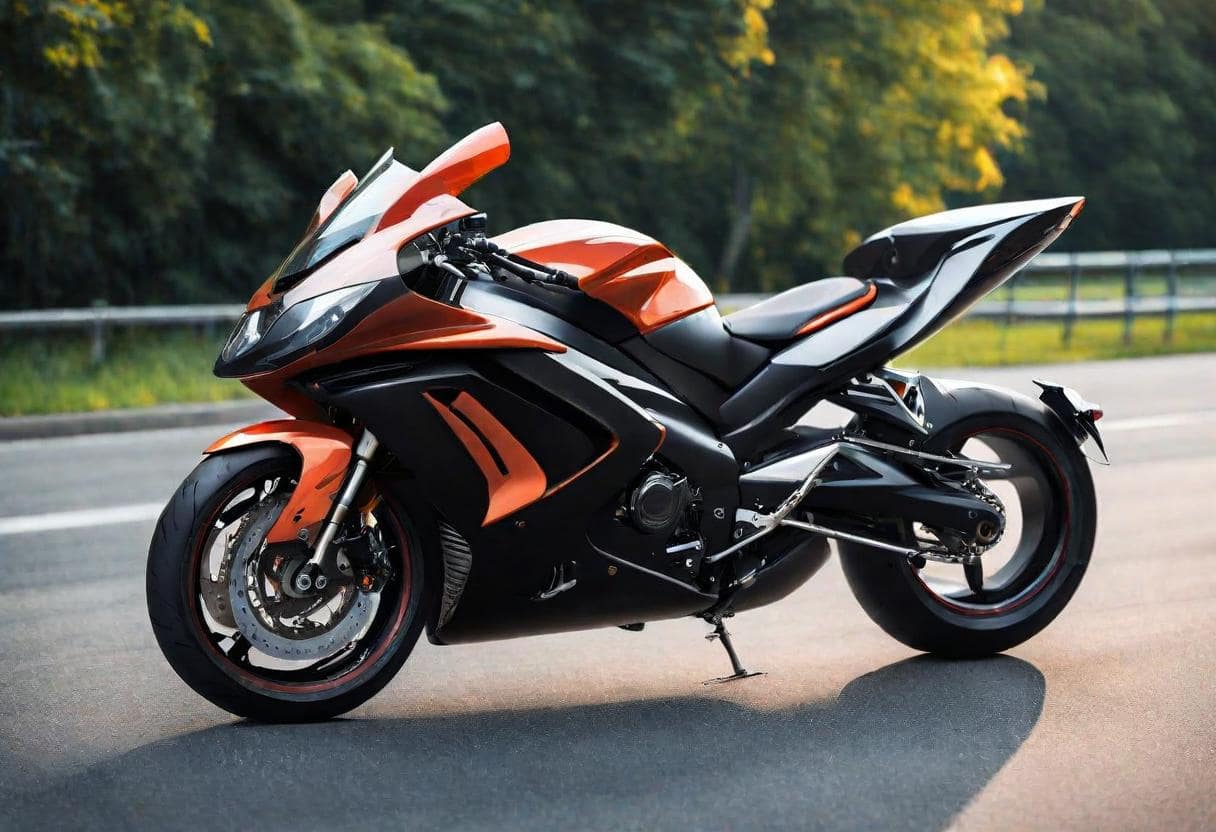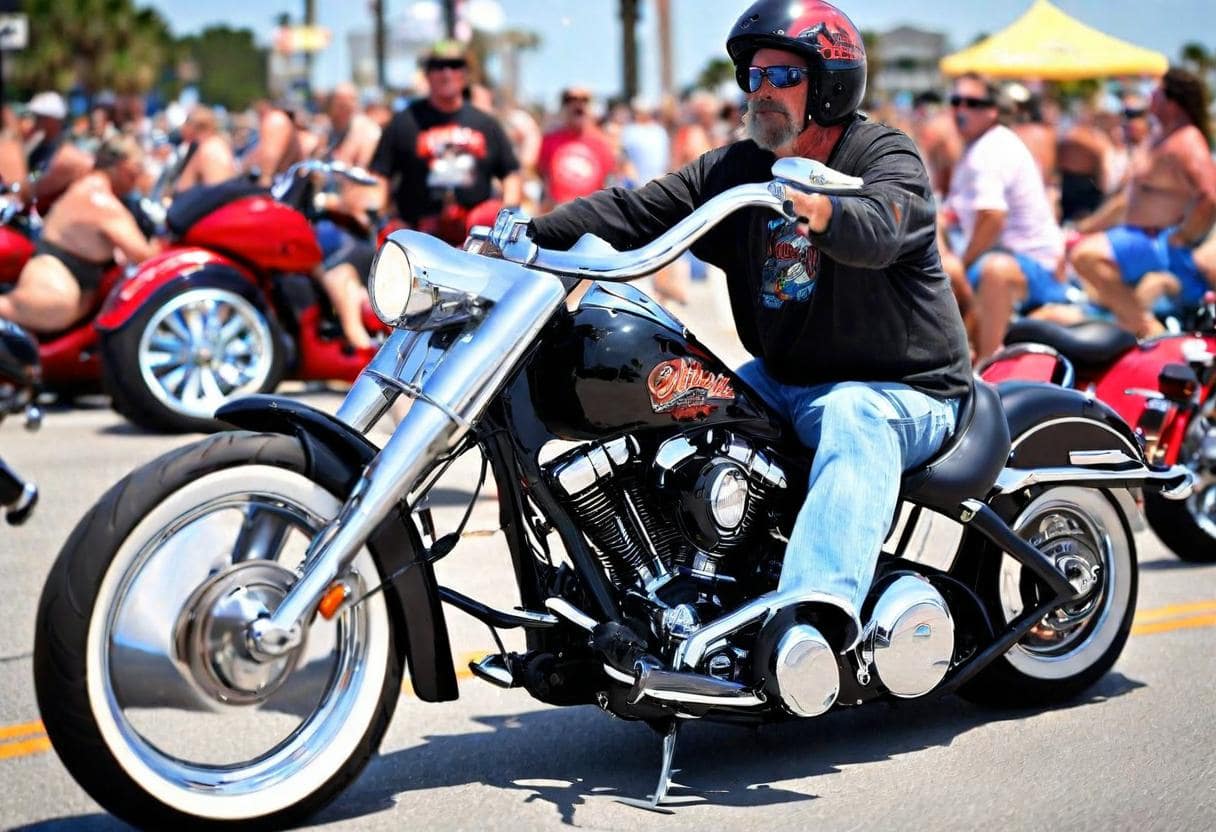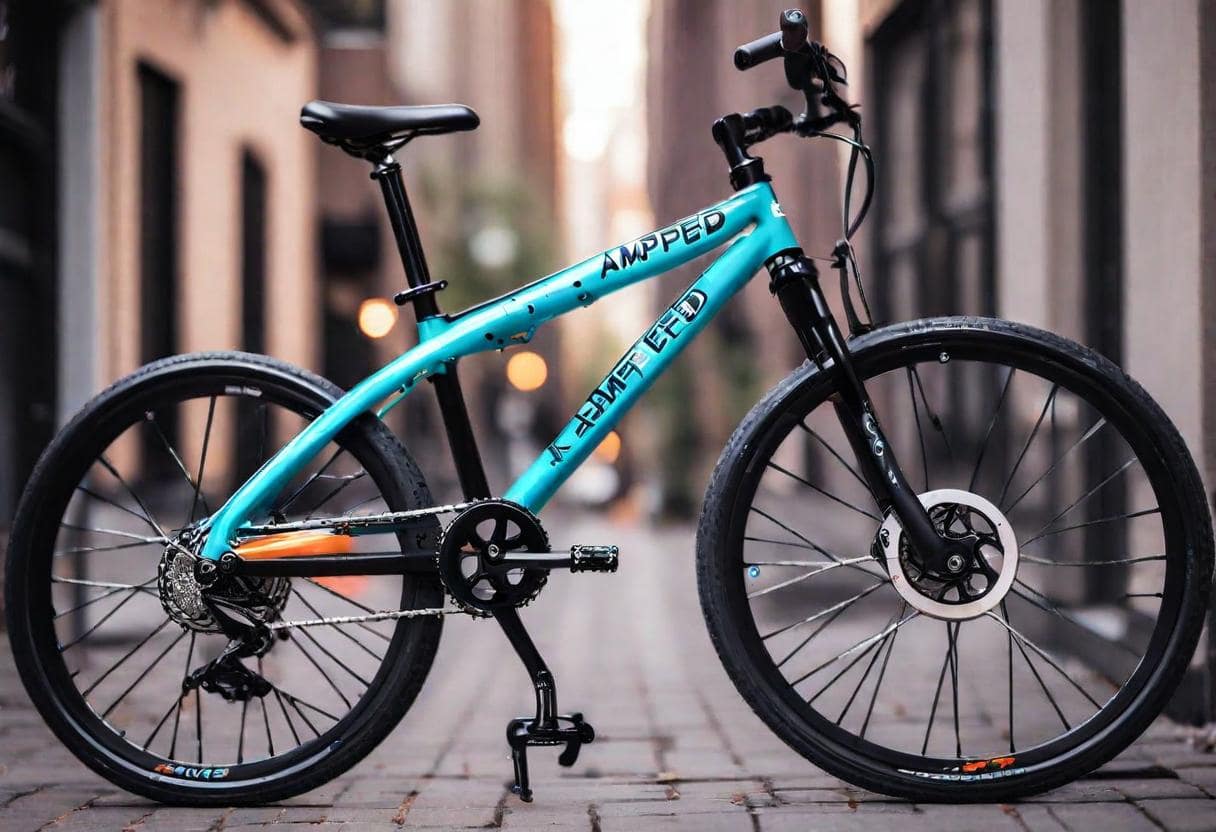Introduction
When it comes to cycling, the right bike can make all the difference. For those looking to tackle diverse terrains, a fat tire bike might be just what you need. These bikes are not only visually striking with their oversized tires but also offer a range of benefits that cater to various riding conditions. In this blog, we’ll delve into why fat tire bike are unique, explore their advantages, and help you understand why they might be the perfect choice for your next adventure.
What is a Fat Tire Bike?
To begin, let’s cover the basics. A fat tire bike, often referred to as a fat bike, is a bicycle equipped with larger-than-normal tires, usually ranging from 3.8 inches to over 5 inches wide. These tires are designed to provide enhanced grip and stability on a variety of surfaces that regular bikes might struggle with.
Definition and Characteristics of a Fat Tire Bike
Fat tire bikes are characterized by their wide tires, low tire pressure, and robust build. The tires are typically inflated to a pressure much lower than that of standard bike tires, often between 5 and 15 PSI. This low pressure allows the tires to conform to the ground more easily, providing a smoother ride over rough terrain.
Comparison with Regular Bikes
When comparing fat tire bikes to regular bikes, several differences stand out. Regular bikes usually have tires that are around 2 inches wide, making them less capable of handling soft or uneven surfaces. Fat tire bikes, on the other hand, excel in conditions like snow, sand, and mud, where their larger contact patch provides better traction and stability.
Key Components and Features
Some of the key components that distinguish fat tire bikes include:
- Wider rims and tires: Essential for improved stability and traction.
- Strong frames: Typically made from materials like aluminum or carbon fiber to handle the additional stress.
- Low gearing: Helps riders navigate challenging terrains with ease.
Benefits of Fat Tire Bikes
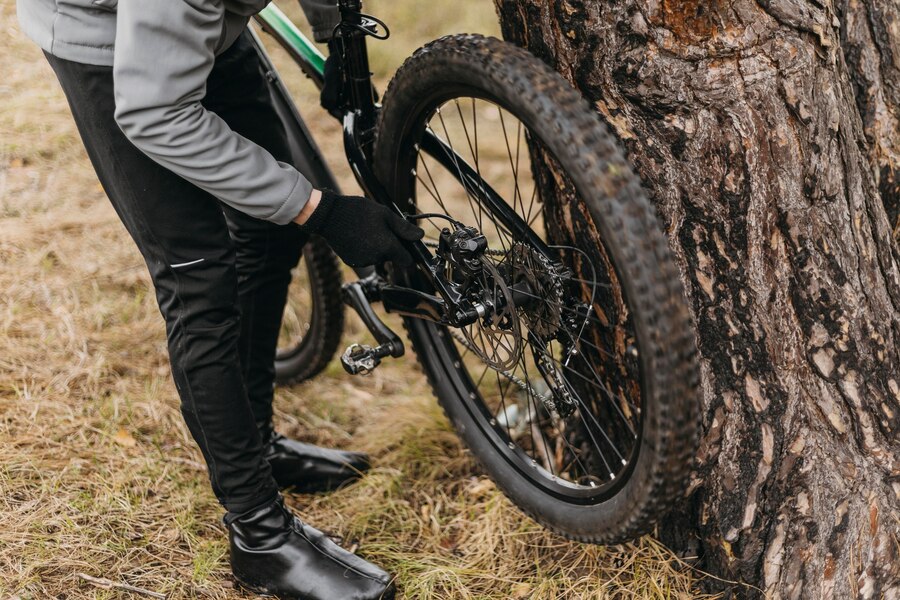
Fat tire bikes are not just about their unique appearance; they offer a host of benefits that make them an attractive option for many cyclists. Let’s break down some of the key advantages.
Improved Stability and Balance
One of the standout benefits of fat tire bikes is their improved stability and balance. The wide tires distribute the rider’s weight more evenly, reducing the chances of tipping over on uneven ground. This makes fat tire bikes an excellent choice for beginners and experienced riders alike who are looking to explore off-road paths.
Enhanced Comfort on Rough Terrains
Riding on rocky trails or bumpy paths can be uncomfortable with a standard bike. Fat tire bikes, however, offer enhanced comfort due to their ability to absorb shocks better. The lower tire pressure acts like a natural suspension system, smoothing out the ride and reducing fatigue.
Better Traction on Various Surfaces
Whether you’re riding on snow, sand, or mud, fat tire bikes provide better traction than regular bikes. The larger surface area of the tires increases grip, allowing you to ride more confidently on slippery or loose surfaces. This makes them perfect to use all year round, regardless of the season.
Versatility in Different Weather Conditions
Fat tire bikes are incredibly versatile and can handle a wide range of weather conditions. From snowy winters to sandy beaches, these bikes are built to perform. Their ability to maintain traction and stability in challenging environments makes them a reliable choice for adventurous riders who don’t want to be limited by the weather.
Fat Tire Bikes for Off-Road Adventures
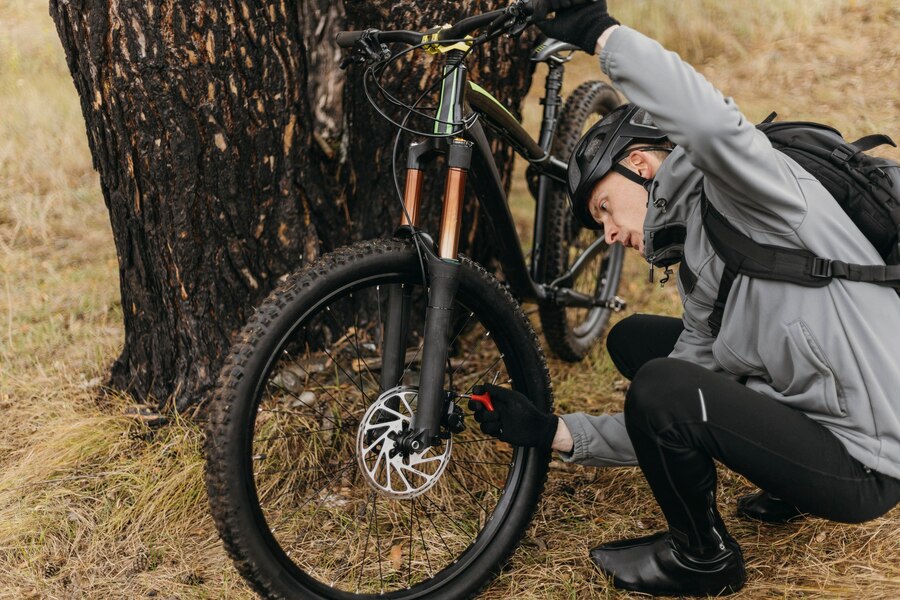
Fat tire bikes are particularly well-suited for off-road adventures, making them a popular choice among thrill-seekers and nature lovers. Their unique design allows them to tackle a variety of challenging terrains that would be difficult for regular bikes. Let’s explore how fat tire bikes perform on different off-road paths.
Exploring Mountain Trails
Mountain biking enthusiasts often turn to fat tire bikes for their ability to handle rugged trails with ease. The wide tires provide superior traction and stability, making it easier to navigate rocky paths, steep inclines, and loose gravel. Whether you’re an experienced rider or just starting, a fat tire bike can enhance your mountain biking experience by offering a smoother, more controlled ride.
Riding on Sandy Beaches
Riding a regular bike on sand can be a frustrating experience due to the lack of traction and stability. However, fat tire bikes excel on sandy beaches. The wide tires distribute the rider’s weight more evenly, preventing the bike from sinking into the sand. This allows for a more enjoyable and effortless ride along the shoreline, perfect for beach lovers who want to explore the coast on two wheels.
Tackling Snowy Paths
Winter cycling can be daunting, but fat tire bikes make it much more manageable. The large surface area of the tires provides excellent grip on snow and ice, reducing the risk of slipping. This makes fat tire bikes an ideal choice for winter sports enthusiasts who want to continue cycling even in snowy conditions. Whether you’re commuting in the snow or heading out for a winter trail ride, a fat tire bike can keep you moving safely.
Key Advantages for Off-Road Enthusiasts
For off-road enthusiasts, fat tire bikes offer several key advantages:
- Enhanced traction: Wide tires provide better grip on loose or slippery surfaces.
- Improved stability: Lower tire pressure helps absorb shocks and maintain balance.
- Versatility: Suitable for a variety of terrains, from rocky trails to sandy beaches to snowy paths.
- Comfort: The ability to ride smoothly over rough terrain reduces fatigue and enhances the overall experience.
Health and Fitness Benefits

Beyond the thrill of off-road adventures, fat tire bikes also offer significant health and fitness benefits. Whether you’re looking to improve your physical fitness or boost your mental well-being, riding a fat tire bike can be a great addition to your exercise routine.
Cardiovascular Workout
Cycling is a fantastic cardiovascular workout, and riding a fat tire bike can elevate your heart rate even more. The added resistance of the wide tires and the challenging terrains they conquer require more effort, which can lead to a more intense cardio session. Regular cycling helps improve heart health, increases lung capacity, and enhances overall endurance.
Strengthening Muscles
Fat tire biking engages various muscle groups, making it an effective way to build strength. The larger tires and lower pressure mean more resistance, which works your leg muscles harder. Additionally, the need to balance and control the bike on uneven surfaces engages your core muscles, providing a full-body workout.
Low-Impact Exercise for Joint Health
For those with joint concerns, cycling is an excellent low-impact exercise. Fat tire bikes further reduce the impact on your joints by providing a smoother ride over rough terrains. This makes them a suitable option for people of all ages and fitness levels who want to stay active without putting undue stress on their joints.
Mental Health Benefits from Outdoor Activities
Engaging in outdoor activities like cycling can have profound mental health benefits. Riding a fat tire bike allows you to explore nature, which can reduce stress, improve mood, and enhance overall mental well-being. The combination of physical exercise and the calming effect of nature makes fat tire biking a holistic approach to health.
Fat Tire Bikes for Commuting
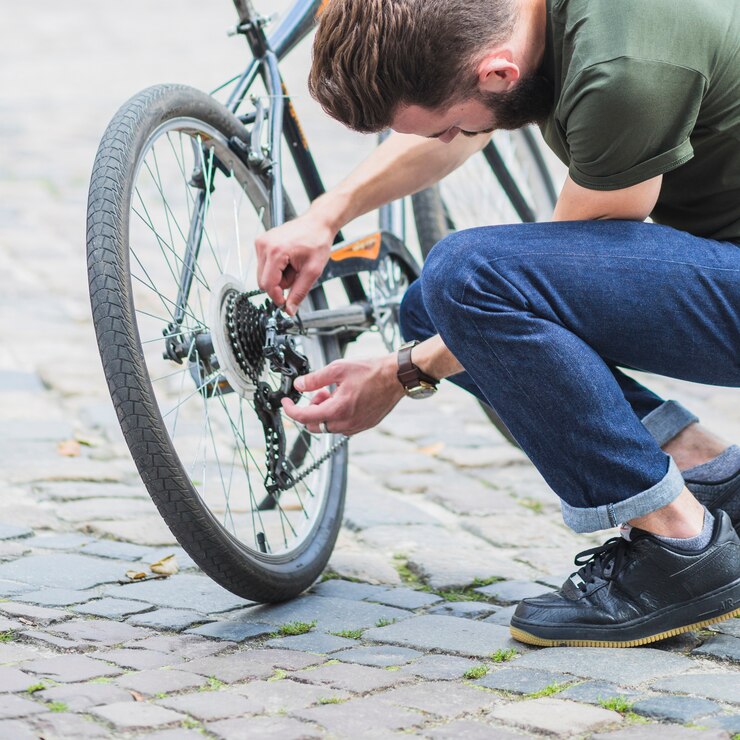
While fat tire bikes are often associated with off-road adventures, they are also becoming increasingly popular for urban commuting. Their unique features offer several benefits that make them well-suited for navigating city streets.
Urban Commuting Advantages
Fat tire bikes provide a comfortable and stable ride on city streets. The wide tires absorb shocks from rough pavement, potholes, and other obstacles commonly found in urban environments. This makes for a smoother, more enjoyable commute, reducing the fatigue that can come from navigating city terrain on a regular bike.
Handling City Obstacles (Curbs, Potholes, etc.)
City commuting often involves encountering various obstacles such as curbs, potholes, and uneven surfaces. Fat tire bikes handle these challenges with ease, thanks to their sturdy build and wide tires. The extra grip and stability help you maneuver around obstacles safely and comfortably, ensuring a stress-free ride.
Eco-Friendly Transportation Option
With growing concerns about environmental sustainability, many people are turning to cycling as an eco-friendly mode of transportation. Fat tire bikes are a great choice for those looking to reduce their carbon footprint. They offer a reliable and efficient way to get around the city without contributing to traffic congestion or pollution.
Case Studies or Examples of City Commuting with Fat Tire Bikes
To illustrate the benefits of fat tire bikes for commuting, consider the following examples:
- Case Study 1: John, a software engineer in Denver, switched to a fat tire bike for his daily commute. He found that the bike’s stability and comfort made navigating the city’s uneven roads much easier, and he enjoyed the added bonus of a good workout.
- Case Study 2: Sarah, a student in Boston, chose a fat tire bike to get to her classes during the winter months. The bike’s ability to handle snow and ice ensured she could commute safely and on time, even in harsh weather conditions.
Why Fat Tire Bike Maintenance Tips
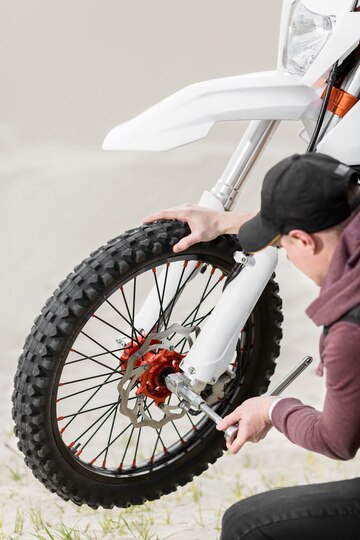
Maintaining a fat tire bike is crucial for ensuring its longevity and performance. Proper upkeep not only keeps your bike running smoothly but also enhances your riding experience. Here are some essential maintenance tips to keep your fat tire bike in top condition.
Regular Maintenance Routines
Regular maintenance routines are vital for any bike, but especially for fat tire bikes due to their unique components. A typical maintenance routine should include:
- Inspecting the tires for wear and tear.
- Checking the brakes for responsiveness and any signs of wear.
- Ensuring the chain is clean and well-lubricated.
- Testing the gears to make sure they shift smoothly.
- Tightening any loose bolts and components.
Tire Care and Pressure Management
One of the most important aspects of maintaining a fat tire bike is tire care and pressure management. The wide tires require specific attention to ensure they perform optimally.
- Check tire pressure regularly: Fat tire bikes typically operate at lower pressures (5-15 PSI). Make sure to adjust according to your riding conditions.
- Inspect for punctures and damage: The larger surface area makes these tires more prone to punctures. Regularly check for any sharp objects lodged in the tires.
- Rotate the tires: To ensure even wear, rotate the front and rear tires periodically.
Cleaning and Lubrication Tips
Keeping your bike clean and properly lubricated is essential for its smooth operation. Here’s how to do it:
- Clean the bike regularly: Use a gentle bike-specific cleaner and a soft brush to remove dirt and grime.
- Lubricate the chain: After cleaning, apply a suitable bike chain lubricant to keep the chain running smoothly.
- Wipe down components: Clean the gears, brakes, and other moving parts to prevent buildup that could impair function.
Common Repairs and Troubleshooting
Even with regular maintenance, issues can arise. Knowing how to handle common repairs and troubleshooting can save you time and money.
- Flat tires: Learn how to patch or replace a tube. Always carry a spare tube and repair kit.
- Brake adjustments: If your brakes feel loose or unresponsive, tighten the cables or adjust the brake pads.
- Gear issues: If your gears are slipping or not shifting properly, check for cable tension or wear on the cassette and chain.
Choosing the Right Fat Tire Bike

Selecting the right fat tire bike involves considering several factors to ensure it meets your needs and preferences.
Factors to Consider (Budget, Usage, Brand, etc.)
- Budget: Determine how much you’re willing to spend. Fat tire bikes can range from a few hundred to several thousand dollars.
- Usage: Think about where and how often you’ll be riding. Are you planning to use it for off-road adventures, commuting, or both?
- Brand: Look for reputable brands that are recognized for their quality and reliability. Some popular fat tire bike brands include Trek, Specialized, and Mongoose.
- Size and Fit: Ensure the bike fits your body size and riding style. Visit a local bike shop for a fitting if possible.
Top Fat Tire Bike Brands and Models
- Trek Farley 7: Known for its durability and performance on rough terrains.
- Specialized Fatboy: Offers a lightweight frame and excellent traction.
- Mongoose Dolomite: A budget-friendly option with robust features.
- Salsa Beargrease: Ideal for serious off-road enthusiasts looking for a high-performance bike.
Expert Recommendations
Experts often recommend test-riding a few models before making a purchase. This allows you to get a feel for the bike and see how it handles different conditions. Also, consider seeking advice from experienced riders and reading expert reviews online.
Customer Reviews and Testimonials
Customer reviews and testimonials can provide valuable insights into a bike’s performance and reliability. Look for feedback on durability, ease of use, and overall satisfaction. Websites like Amazon, REI, and bike-specific forums are great places to find detailed reviews from fellow riders.
Fat Tire Bike Accessories
To enhance your riding experience and ensure safety, consider investing in some essential accessories. Here are some must-have accessories for fat tire bikes.
Must-Have Accessories for Safety and Convenience
Safety and convenience are paramount when riding, so equip your bike with these essential accessories:
- Helmet: Always wear a helmet for protection.
- Lights: Front and rear lights are essential for visibility, especially during nighttime rides.
- Bell or Horn: Alert pedestrians and other cyclists of your presence.
- Reflectors: Increase visibility in low-light conditions.
Bike Racks, Fenders, Lights, and More
Additional accessories can make your ride more enjoyable and practical:
- Bike racks: Great for carrying extra gear or groceries.
- Fenders: Protects you from mud and water splashes.
- Water bottle holder: Stay hydrated on long rides.
- Bike lock: Secure your bike when parked in public places.
Accessory Recommendations Based on User Needs
Depending on your riding habits and needs, consider the following accessory recommendations:
- For commuters: Invest in panniers or a backpack to carry work essentials.
- For off-road adventurers: A robust repair kit and a portable air pump are indispensable.
- For winter riders: Heated gloves and a bike cover can make cold-weather riding more comfortable.
Fat Tire Bikes: A Growing Trend
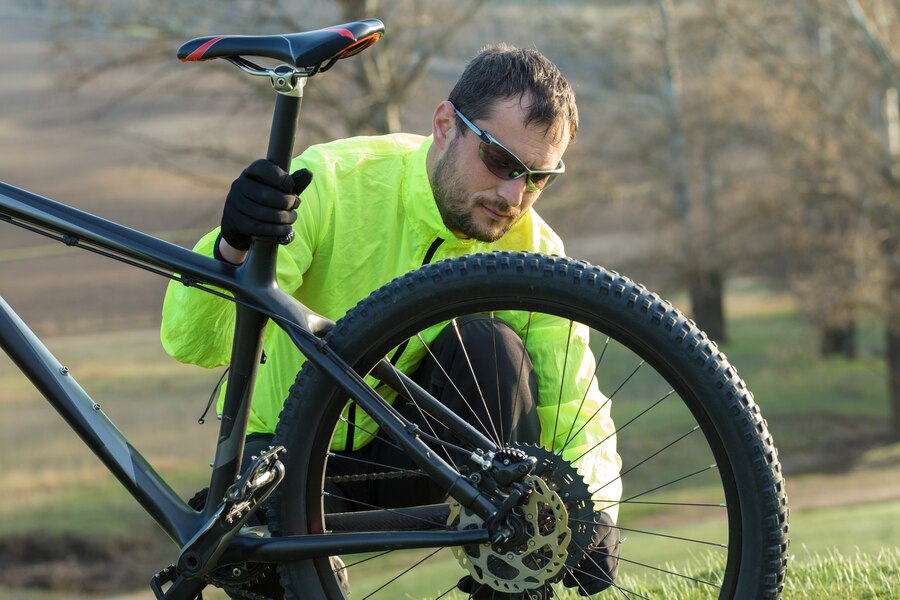
Fat tire bikes have seen a significant surge in popularity over the past few years. Their unique design and versatility have captured the interest of cyclists across the United States, making them a prominent choice for various riding conditions. Let’s explore how this trend has developed and what the future holds for fat tire bikes.
Popularity Growth Over the Years
The popularity of fat tire bikes has been steadily increasing. Initially designed for riding on snow and sand, these bikes have expanded their appeal to a broader audience. Factors contributing to this growth include:
- Enhanced accessibility: As more manufacturers produce fat tire bikes, they have become more affordable and widely available.
- Increased visibility: Fat tire bikes are frequently featured in cycling magazines, blogs, and videos, raising awareness and interest.
- Improved designs: Advances in bike technology have led to lighter frames and more efficient components, making fat tire bikes more attractive to a wider range of cyclists.
Influences from Social Media and Cycling Communities
Social media and cycling communities have played a pivotal role in promoting fat tire bikes. Platforms like Instagram, YouTube, and Facebook are filled with content showcasing the adventures and capabilities of fat tire bikes. Influencers and cycling enthusiasts share their experiences, inspiring others to try these bikes for themselves. Additionally, online forums and local cycling groups provide a space for riders to discuss tips, trails, and maintenance, fostering a supportive community around fat tire biking.
Future Trends in the Fat Tire Bike Industry
Looking ahead, several trends are likely to shape the future of the fat tire bike industry:
- Technological advancements: Innovations in materials and bike components will continue to improve performance and reduce weight.
- Customization options: As demand grows, more brands will offer customizable features, allowing riders to tailor their bikes to specific needs and preferences.
- Sustainability: Eco-friendly materials and production processes will become more prevalent, appealing to environmentally conscious consumers.
- Expanded markets: Fat tire bikes will likely see increased adoption in urban areas and regions with diverse climates, further broadening their appeal.
Conclusion
Fat tire bikes offer a unique blend of versatility, stability, and fun, making them an excellent choice for a wide range of cyclists. Whether you’re tackling rugged mountain trails, commuting through the city, or exploring snowy paths, a fat tire bike can enhance your riding experience. By following proper maintenance routines, choosing the right model, and equipping yourself with essential accessories, you can enjoy all the benefits these bikes have to offer.
Call to Action
We hope this guide has provided you with valuable insights into the world of fat tire bikes. If you’ve had any experiences with fat tire bikes, we’d love to hear from you! Share your stories in the comments below, and don’t forget to share this blog on social media to help others discover the joys of fat tire biking. For more cycling tips and updates, subscribe to our blog and stay tuned for more exciting content.
Happy riding!
FAQs
What is the point of fat tire bikes?
Fat tire bikes are designed to provide superior traction and stability on various terrains, including snow, sand, and mud. Their wide tires distribute weight more evenly, reducing the risk of sinking into soft surfaces and enhancing balance. This makes them ideal for off-road adventures and challenging conditions, offering a smoother, more controlled ride. Fat tire bikes also cater to riders seeking a versatile bike that performs well in different environments and weather conditions.
What are the disadvantages of a fat tire bike?
Despite their many benefits, fat tire bikes do have some disadvantages. They are typically heavier than standard bikes, which can make them harder to pedal, especially on paved surfaces. The wide tires also create more rolling resistance, resulting in slower speeds and increased effort on smooth terrain. Additionally, fat tire bikes can be more expensive due to their specialized components and may require more maintenance to keep them in optimal condition.
Are fat tire bikes harder to ride?
Fat tire bikes can be more challenging to ride on paved roads due to their increased weight and rolling resistance. The wider tires require more effort to pedal, especially at higher speeds. However, on rough or uneven terrains, they offer better stability and control, making them easier to handle. Beginners may find them more comfortable for off-road riding, but they may need some adjustment when transitioning to smooth, urban environments.
What is the appeal of fat tire bikes?
The appeal of fat tire bikes lies in their versatility and ability to tackle various terrains with ease. Riders are drawn to their enhanced traction and stability, which allow for adventurous rides on snow, sand, and mud. The bikes also offer a unique, comfortable riding experience, absorbing shocks and providing a smoother journey over rough surfaces. Their distinct look and the growing community around fat tire biking further add to their charm, making them a popular choice for many cyclists.

